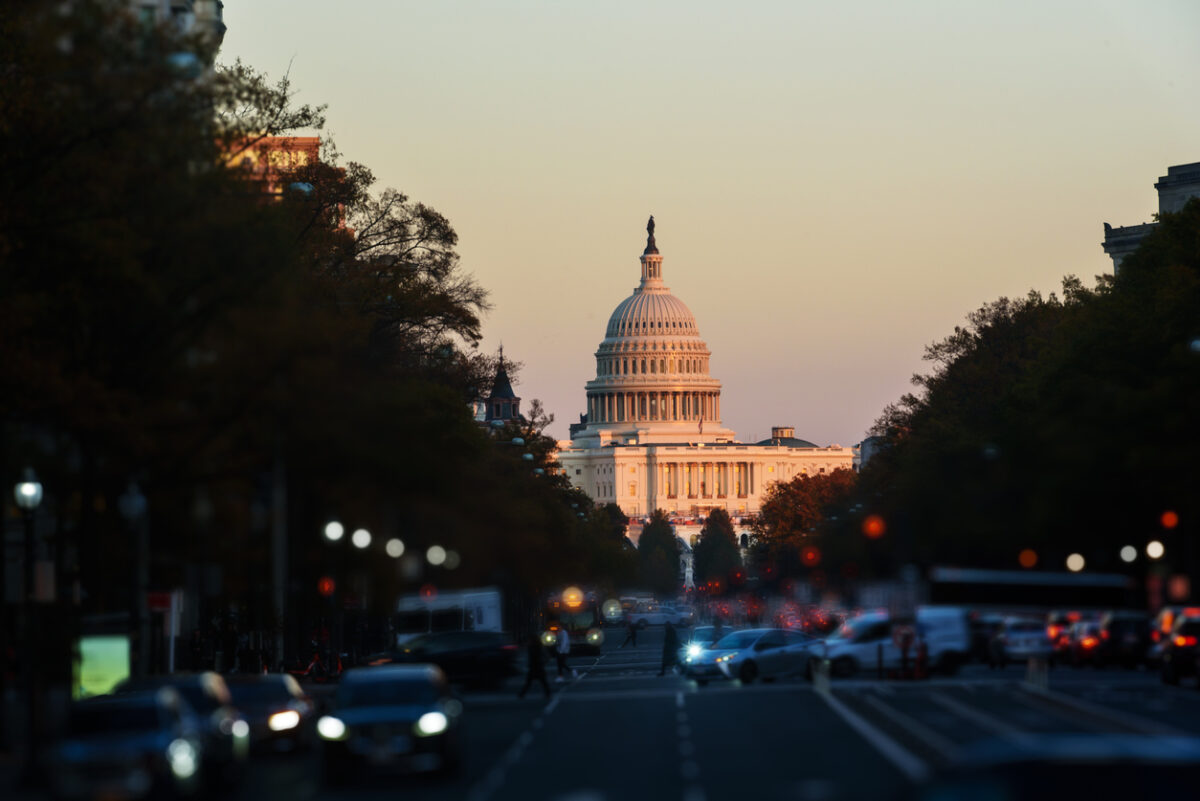Minority-Serving Institutions
Published May 15, 2014
- Volume Charts Increasing Popularity of Minority-Serving Schools
- HBCUs, Tribal Colleges, HSIs Examined
- Opportunities for Future Cooperation/Collaboration Explored
Washington, D.C., July 8, 1998—A new monograph offers a comprehensive examination of the growing group of “minority-serving institutions”—Historically Black Colleges and Universities (HBCUs), Tribal Colleges, Hispanic-Serving Institutions (HSIs), and other schools—and provides a blueprint for future cooperation and collaboration among these diverse colleges and universities. The volume, Minority-Serving Institutions: Distinct Purposes, Common Goals, was produced by The Institute for Higher Education Policy and published by Jossey-Bass Publishers, Inc.
Minority-serving institutions share a common mission to educate the growing number of racial- and ethnic-minority American students, according to the monograph’s authors. While these institutions have unique histories, purposes, and operating structures, they are joined in their efforts to educate underserved populations. These common goals make it important to understand the shared visions and missions of the institutions.
Minority-serving institutions in the United States have experienced a resurgence in enrollment and prominence over the last decade, according to volume editors Jamie Merisotis, President of The Institute for Higher Education Policy, and Colleen O’Brien, Managing Director. “As recently as the early 1980s, these schools—particularly Historically Black Colleges and Universities—were experiencing stagnant and even declining enrollment, as well as a general loss of visibility as providers of educational opportunity for underserved populations,” the editors note. “But today minority-serving colleges and universities are a major factor in the postsecondary education of minority students.”
The volume includes a total of six different chapters by a diverse set of authors and analysts. It begins with an overview of the three recognized groups of minority-serving institutions, by Eileen O’Brien and Catherine Zudak. This chapter places these institutions in a demographic context and highlights their common student and financial characteristics.
The second chapter, by Thomas Wolanin, discusses the federal investment made over the course of more than a century in the development and growth of minority-serving institutions. Wolanin describes the varied historical treatment of the three federally recognized sets of institutions, and reviews the evolution of their stature as players in the federal policy process.
In chapter three, Kenneth Redd examines the history and current status of HBCUs, and describes their “comeback” in student enrollments since the mid-1980s. This chapter also outlines challenges in the future for this revitalized group of institutions.
Chapter four explores the rapidly growing Tribal College sector, which opened its first school in the late 1960s. This chapter, authored by Alisa Cunningham and Christina Parker, reviews the unique community role that these colleges play and their growing importance as providers of educational access for American Indians.
Chapter five, by Margarita Benitez, charts the HSI movement and the sharp upward trajectory of these institutions as educators of the nation’s fastest growing ethnic group. It also discusses the often unrecognized importance of institutions in Puerto Rico in educating Hispanics.
The final chapter, by Rosario Torres Raines, examines areas of common interest and concern among minority-serving institutions. This chapter also proposes an action agenda for future cooperation and collaboration among these institutions.
The volume is intended to serve as a primer on the growing group of minority-serving institutions, with the goal of educating leaders at mainstream institutions, analysts, and those at minority-serving institutions themselves about their distinct purposes and common goals. An increased understanding of minority-serving institutions, and their roles in educating underserved populations, is important as the nation’s demographic profile becomes increasingly diverse.
Editors Merisotis and O’Brien point out that at least two groups of institutions deserve greater scrutiny: those that serve large numbers of Asian American students, and those that have high concentrations of minorities from more than one ethnic group. These institutions “will further challenge our capacity to sort institutions into neat categories based on the predominant racial and ethnic composition of the student population,” they observe.


